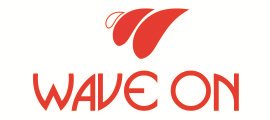Blowup
Glossaries
| Term | Definition |
|---|---|
| Blowup | Blow-up is an enlargement. It is the technical process, in photography, video, or print, through which an image is reproduced in a significantly larger format than the original. Originally, the term referred specifically to the darkroom process of creating a large print (e.g. a poster) from a small negative. Today, it is also used in the digital sphere to indicate the enlargement (or upscaling) of a file. What It's For / Why It's ImportantThe purpose of a blow-up is to adapt an image to a larger display medium. It is fundamental for:
When It Is Used / In What Context It Is UsefulBlow-up is a standard process in many workflows:
Practical ExampleYou have taken a beautiful photo with your smartphone (e.g. 4000x3000 pixels). A client sees it and wants to print it as a 70x100 cm picture for their office. To do this, the printing house will have to perform a digital blow-up of the file, resampling it (interpolating the pixels) to achieve the required print density (e.g. 150 or 300 DPI) for that physical size, greatly enlarging the original image. Extra InsightBlow-up, especially the digital kind, has a physical limit: resolution. Enlarging an image means 'stretching' the existing pixels or inventing new ones (interpolation). Excessive blow-up leads to an unavoidable loss of quality:
Today, software based on Artificial Intelligence (such as Adobe Super Resolution or Topaz Gigapixel AI) has made digital blow-ups much more effective, as they intelligently 'reconstruct' details instead of merely interpolating pixels. |

 IT
IT  EN
EN 































































